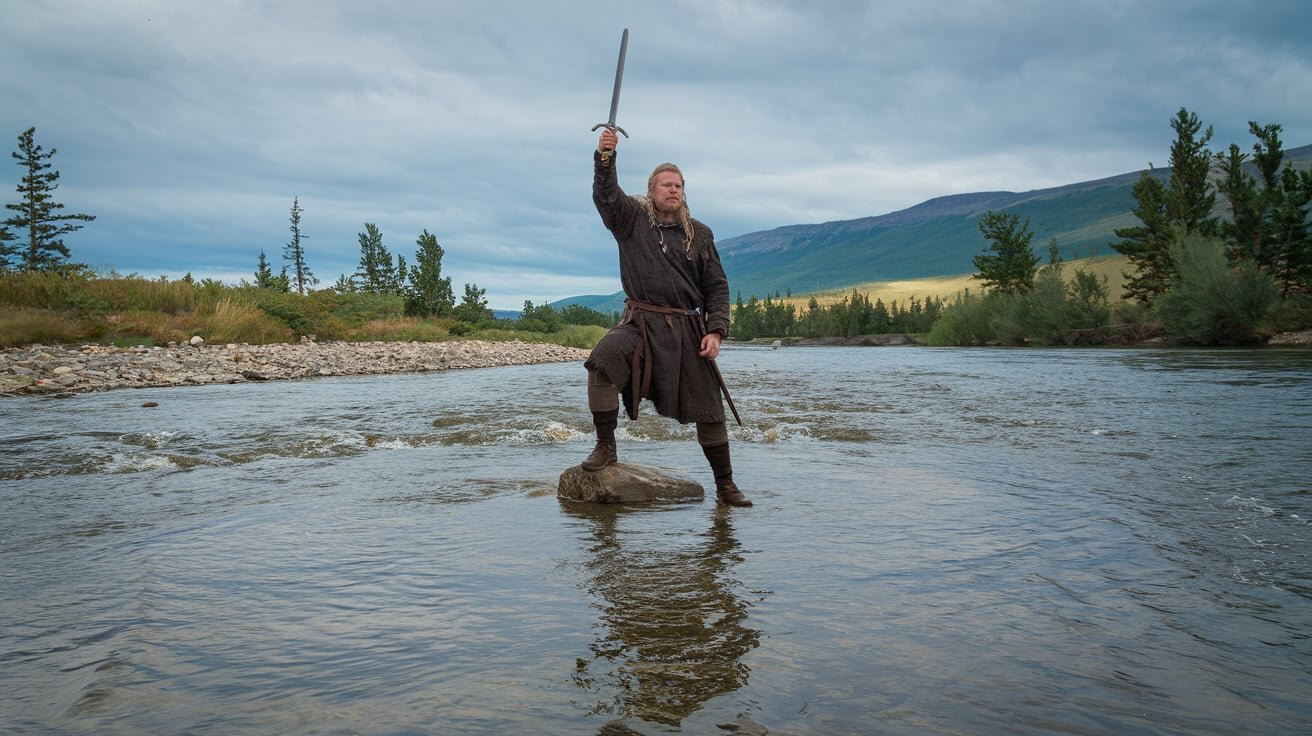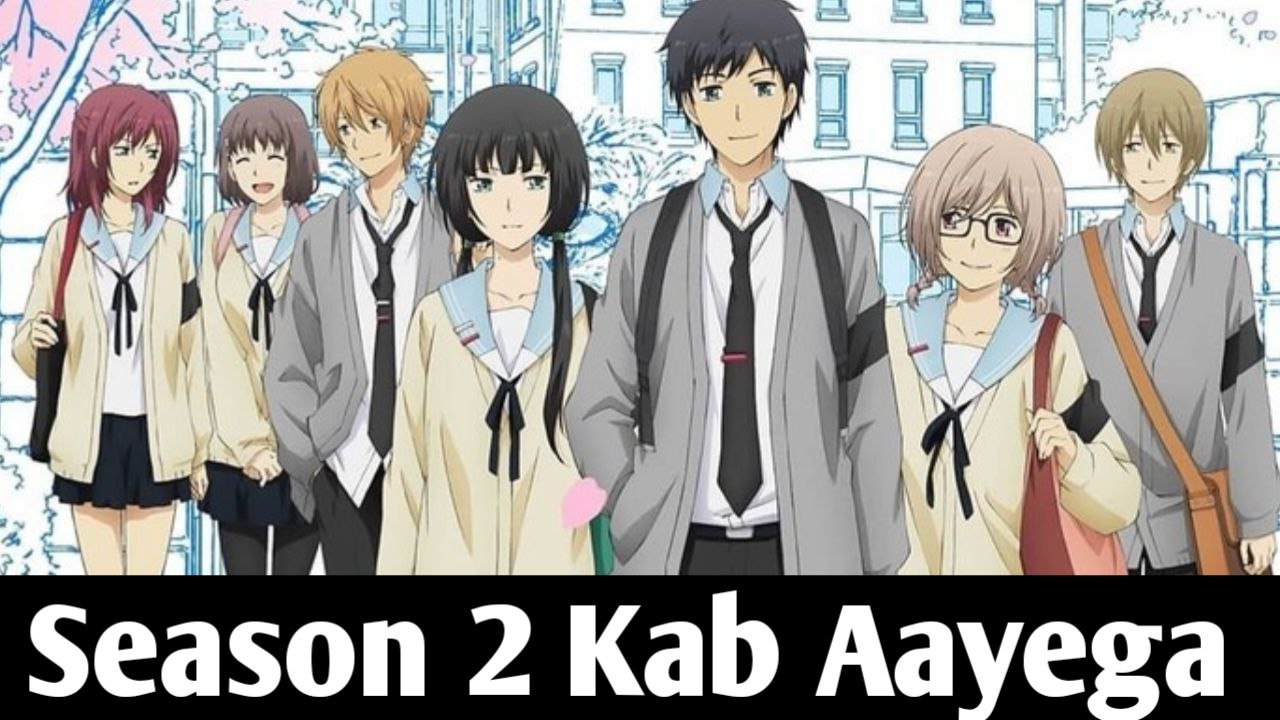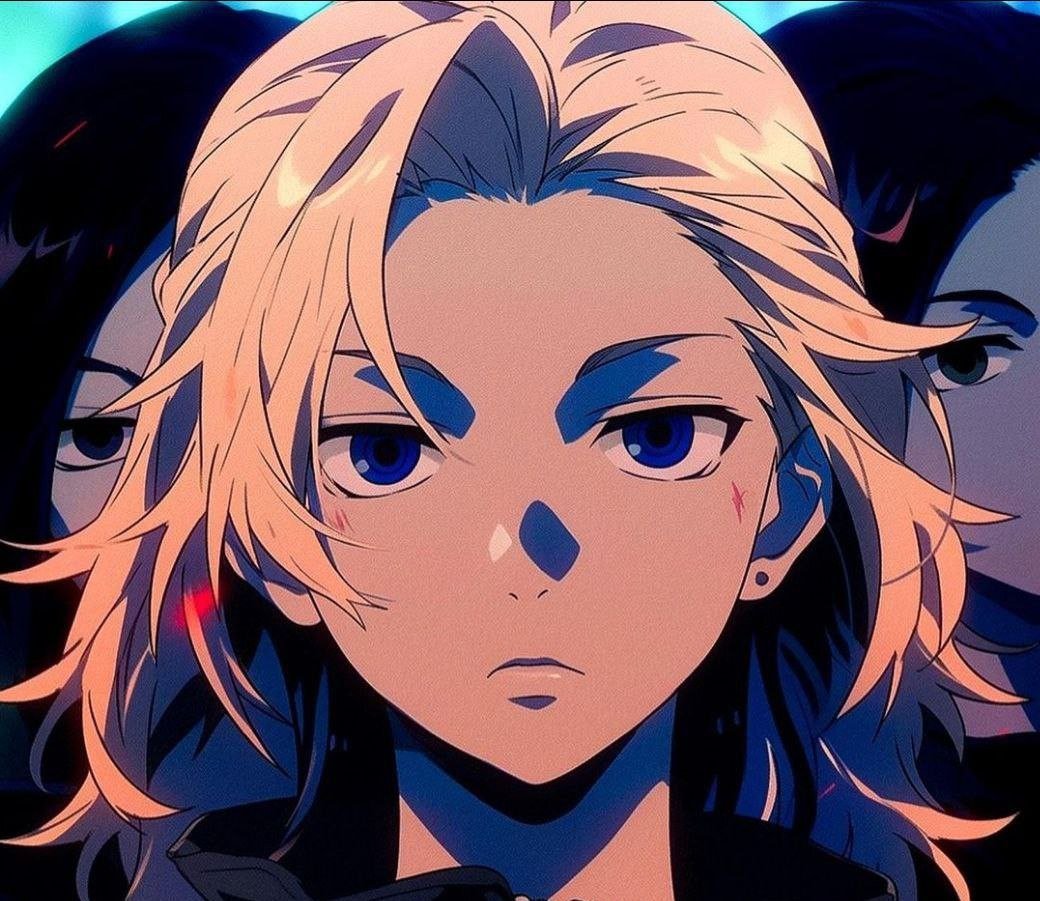Table of Vinland Saga Anime
Introduction to Vinland Saga
Vinland Saga is a critically acclaimed Japanese manga series created by Makoto Yukimura, which first began serialization in 2005. Over the years, this compelling narrative has captured the attention of readers and viewers alike, ultimately leading to its adaptation into a successful anime series. The anime debuted in 2019, produced by Wit Studio, known for their high-quality animation and storytelling abilities. Following the success of its first season, the series was handed over to MAPPA for its highly anticipated second season, which further expands the rich world crafted by Yukimura.
The storyline of Vinland Saga is set against the backdrop of historical Viking conquests, exploring themes of revenge, honor, and the pursuit of a more fulfilling life beyond violence. At the heart of this epic tale is Thorfinn, a young warrior who embarks on a journey of self-discovery after witnessing the brutal murder of his father. Throughout the series, Thorfinn’s character evolves as he grapples with his thirst for vengeance and contemplates the true meaning of honor and existence. This duality is a significant aspect of the narrative, driving the plot forward and engaging audiences with myriad emotional conflicts.
Both seasons of Vinland Saga delve into this intricate web of historical themes, emphasizing the cultural and societal dynamics of the Viking Age. The production details highlight the collaborative efforts between creators and animators, ensuring the series is visually stunning while remaining faithful to the source material. This combination of rich storytelling and breathtaking artistry elevates Vinland Saga to a distinguished position within the landscape of anime adaptations. By exploring the lives of its characters against a vividly depicted historical backdrop, this anime contributes to a deeper understanding of the Viking era and its complexities.
Character Development and Themes
One of the most compelling aspects of the Vinland Saga anime is its intricate character development, with particular emphasis on the transformation of Thorfinn. Initially depicted as a young man consumed by the desire for vengeance following the murder of his father, Thorfinn embodies the archetype of a revenge-driven warrior. However, as the narrative unfolds across both seasons, audiences witness a profound metamorphosis in his character. Thorfinn’s journey leads him to become a stoic slave, grappling with the consequences of his past actions and the futility of violence.
Thematically, Vinland Saga delves deeply into the notions of vengeance and loss. Thorfinn’s relentless pursuit of revenge serves as a catalyst for exploring the costs associated with such a path. His early encounters saturate him with rage and a sense of purpose, yet these experiences ultimately culminate in profound disillusionment. This highlights the broader theme of questioning the validity of revenge itself, inviting viewers to reflect on its emotional and moral implications.
Moreover, the series weaves in the theme of redemption, which becomes increasingly pertinent as Thorfinn reflects on his journey. The stark contrast between his initial motivations and his later introspective nature serves as a vehicle for the exploration of philosophical questions regarding human existence. Is it possible to find peace after a life steeped in violence? Can one truly escape the shadows of their past? As Thorfinn grapples with these questions, the Vinland Saga anime encourages viewers to ponder their own beliefs about mercy and forgiveness.
Through the duality of Thorfinn’s life presented in both seasons, Vinland Saga effectively illustrates the multifaceted nature of the human experience. The interplay of vengeance, loss, and redemption comes together to create a richly layered narrative that resonates with audiences on multiple levels.
Contrasting Seasons: Action vs. Reflection
The adaptation of the Vinland Saga anime presents a dynamic evolution between its two seasons, marked by distinct tonalities and pacing. The first season is characterized by high-stakes action and intense battle sequences, drawing viewers into a world brimming with violence, conflict, and the relentless pursuit of glory. It provides a riveting portrayal of Viking culture and the brutal realities of warfare, captivating audiences through exhilarating skirmishes and a rapid narrative pace that keeps viewers on the edge of their seats.
This season emphasizes the external struggles faced by the characters, particularly Thorfinn, as they grapple with their motivations in a chaotic environment. The unyielding march of combat underscores a fundamental theme: the consequences of revenge and the cost associated with a life fueled by anger.
In stark contrast, the second season of the Vinland Saga anime unfolds with a more reflective tone, shedding light on character development and internal conflicts. Slower pacing allows audiences to engage deeply with the characters’ journeys beyond the battlefield. As the narrative shifts towards personal growth and philosophical discourses, themes of redemption, purpose, and self-identity emerge, revealing the complexities of human motivations. This season artfully portrays the consequences of violence and the value of peace, prompting viewers to reflect on the choices made by the characters. Aspects such as Thorfinn’s evolution from a vengeful warrior to a contemplative individual resonate powerfully, enhancing emotional engagement.
The contrasting nature of these two seasons demonstrates the creators’ intention to explore the multifaceted nature of human experience. While the first season’s action-packed sequences aim to thrill, the second season invites introspection, creating a holistic narrative. This shift in tone not only communicates profound messages about personal transformation but also enriches the overall viewing experience of the Vinland Saga anime.
Cultural Representation and Final Arc
As the narrative of the Vinland Saga anime progresses towards its conclusion, the depiction of cultural elements, especially in its final arc, becomes increasingly significant. Set in the historical context of Vinland, this arc introduces viewers to the Mi’kmaq people, an Indigenous group whose culture is intricately woven into the storyline. The portrayal of the Mi’kmaq not only serves to enhance the authenticity of the anime but also underscores the importance of representing real historical cultures in a respectful and knowledgeable manner.
In adapting such cultures, it is essential that creators engage with cultural consultants and scholars to ensure accurate representation. The inclusion of knowledgeable voices in the creative process helps to avoid stereotypes and fosters a more nuanced understanding of the communities depicted. The representation of the Mi’kmaq in the Vinland Saga exemplifies this practice, highlighting their social structures, traditions, and connection to the land. By grounding the story in factual cultural frameworks, the anime elevates its narrative, providing viewers with both entertainment and education.
The implications of showcasing real historical cultures in animation extend beyond mere storytelling; they invite viewers to engage with different perspectives and histories. This cultural representation encourages audiences to reflect on their perceptions and knowledge about varied civilizations, thus enriching the viewing experience. Furthermore, the Vinland Saga serves as a testament to the potential of anime as a medium for cultural dialogue, blending historical elements with compelling narrative arcs that prompt discussions on identity, conflict, and reconciliation.
In conclusion, the Vinland Saga anime successfully navigates the complexities of cultural representation, particularly in its final arc. By honoring the Mi’kmaq people and their heritage, the series not only meets the expectations set by its predecessors but also contributes meaningfully to the discourse surrounding authenticity in anime. Through this journey, Vinland Saga reaffirms its position as a poignant exploration of history and culture, leaving a lasting impact on the anime industry.





